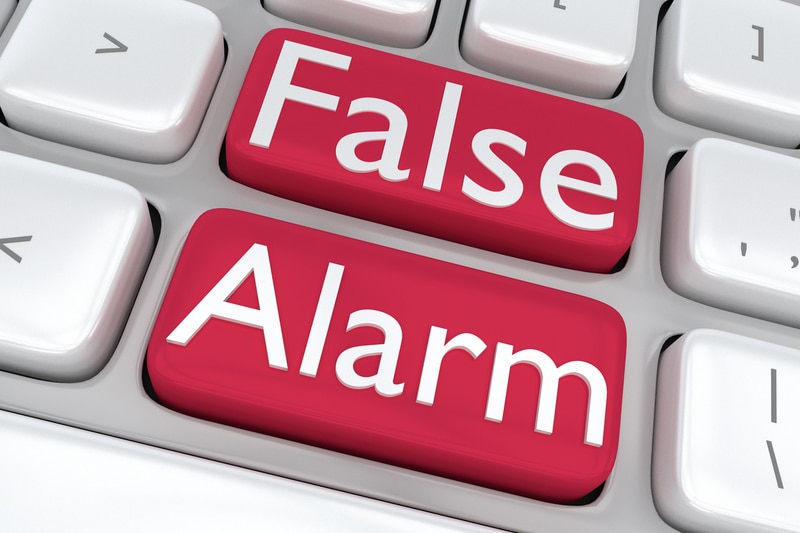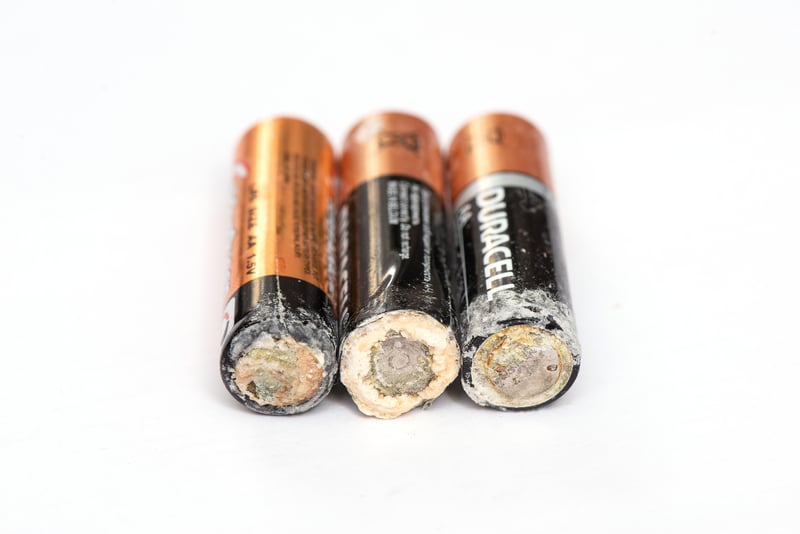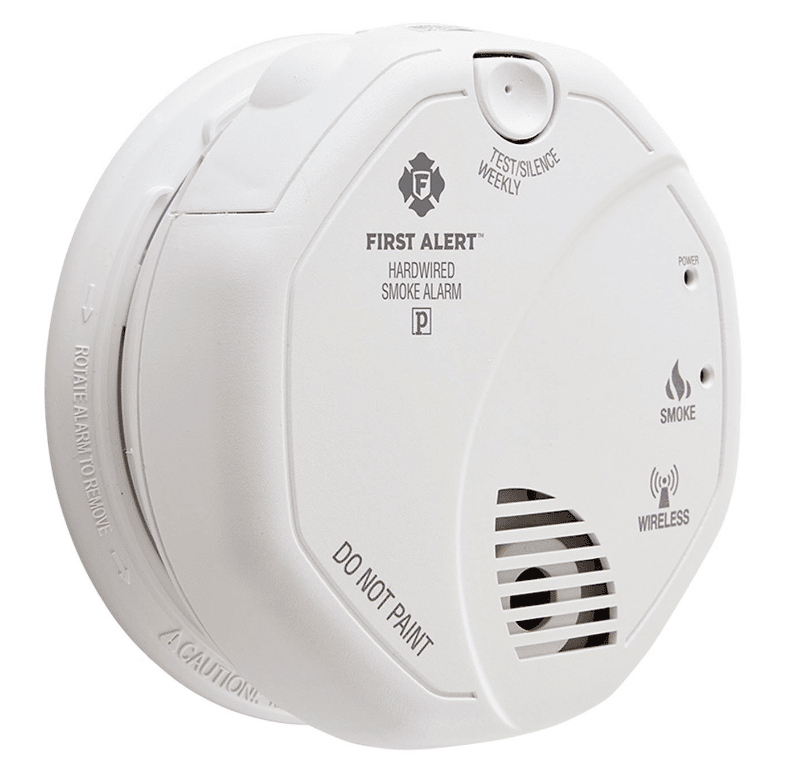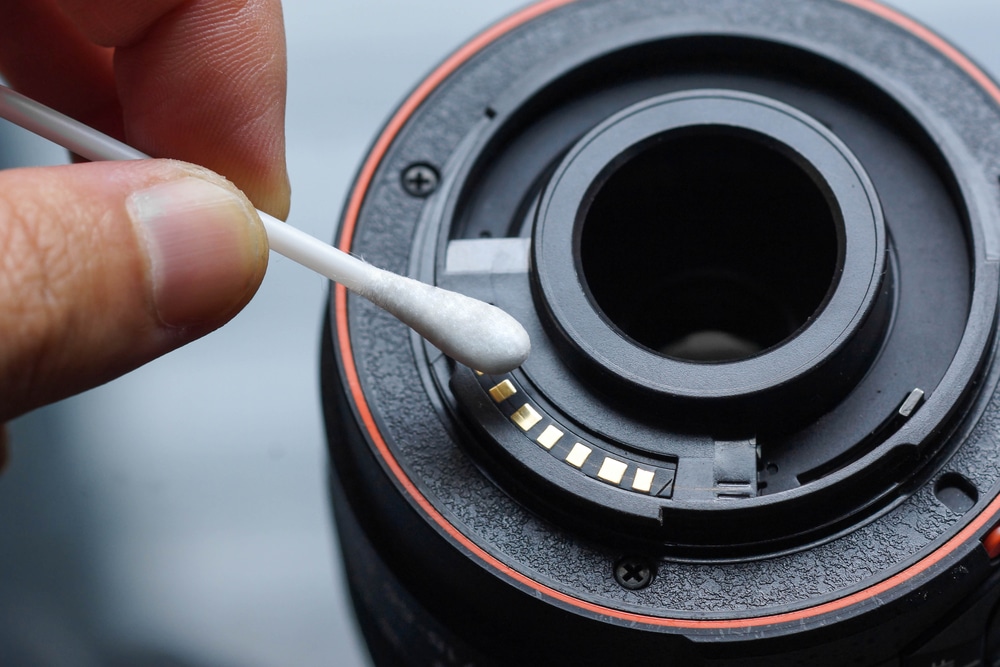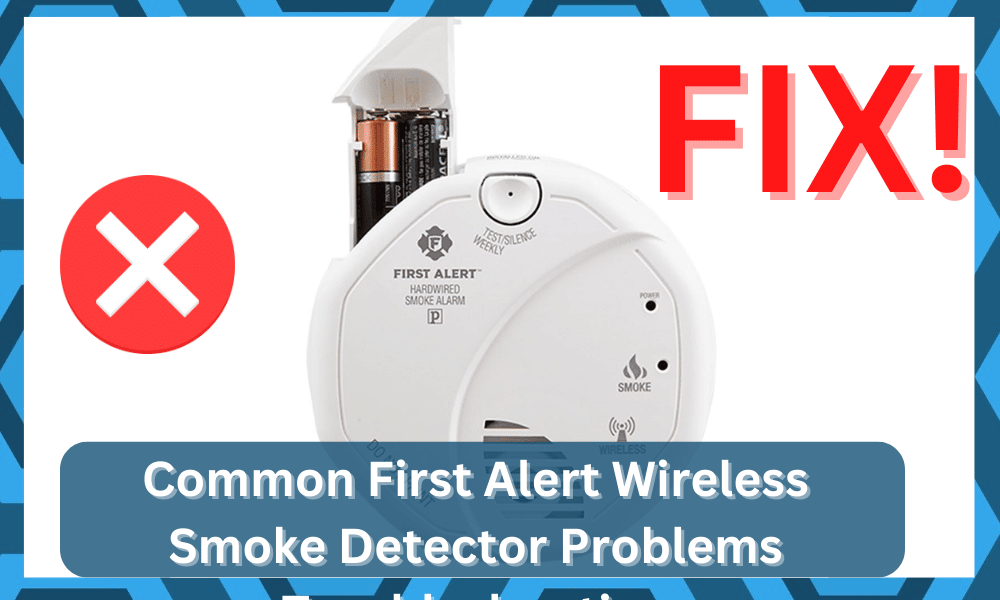
You probably haven’t given much consideration to your smoke detectors in recent years if you’re fortunate enough to live in a region that doesn’t often experience power outages.
However, it is a good idea to do a yearly checkup on the system to ensure that everything is in excellent working condition.
That you are prepared to respond appropriately in the event that the worst possible scenario occurs at home while you are asleep.
Common First Alert Wireless Smoke Detector Problems Troubleshooting
The following is a list of problems that often arise with First Alert Wireless Smoke Detectors, as well as solutions to those problems that may be implemented immediately.
- False Alarms
Smoke detectors often have a problem known as false alarms; however, there is a simple solution to this issue.
As a solution to this problem, make sure that the alarm is placed in a location where it will not be triggered by steam from the shower, odors from cooking, or any other activity.
If you have pets in the house, you should remember to change the batteries in your detector every six months and clean it on a regular basis.
You can always alter your battery settings to chirp mode, which will cause the device to just emit a single chirp instead of triggering the high-pitched alarm sound when it is time to replace the battery.
This is useful in the event that all other troubleshooting methods fail.
- Dead Batteries
The signal that is sent by First Alert Wireless Smoke Detectors may be picked up and used by other wireless devices that are present in the same region.
If you are encountering interference, you may need to change the channel on your wireless network or move your smoke detector farther away from other wireless devices.
Both of these steps may be done independently of one another. Let’s face it: there is nothing you can do to prevent batteries from expiring at some point in time.
If this is the case, we advise that you replace all of your batteries at the same time so that they will retain their full power for many years to come.
The most frequent reason for a short battery life is the use of the wrong kind of battery;
First Alert Smoke Detectors are not compatible with smoke detectors that utilize alkaline batteries, so be sure to follow these instructions.
Before adding any new batteries to your device, make sure you go over the owner’s handbook first! This will ensure that you don’t run into any problems!
- Radio Interference
The interference that might be caused by other electrical equipment is a typical issue with wireless smoke alarms.
Because of this, if you live in a house that has a lot of Wi-Fi or Bluetooth gadgets, your alarm can go off for no reason, and it might be difficult to figure out what the actual emergency is.
You can solve this issue in one of two ways: the first is to adjust the wireless channel that your smoke detector uses so that it doesn’t interfere with any other devices.
The second is to go to an electronics retailer and buy a certified radio-frequency filter.
Both of these options are available to you. In any case, you want to make it a point to get both detectors since they are dependent upon one another for proper operation.
The price ranges from $20 to $40 for the most majority of them, although it may be anywhere from the former to the latter depending on where you get it.
- Battery for the Alarm Is Defective
It happens to some individuals that their smoke detector won’t start beeping until after there has already been a fire in the home; it won’t do it beforehand.
Simply replacing the battery is one answer to this issue, since the corrosive effects of smoke on batteries may be remedied by doing so.
However, if changing the battery still does not work, you may have a faulty detector or some kind of electrical problem, in which case you will need to contact the customer service department of First Alert.
- Out-of-Range Sensors
Because there is no method to adjust the range on the device itself, you should make sure that your detectors are positioned within that range.
The First Alert Wireless Smoke Detectors have a range of up to 400 feet, and because of this, there is no way to set the range.
In the event that they are not, you run the risk of having your protection compromised since the RF signals that these devices employ is unable to penetrate solid things such as walls.
Consequently, if you want to protect an office or bedroom located on the second story from smoke or heat in the kitchen located on the first floor.
You need install one detector in the kitchen and one detector in the office or bedroom located on the second floor.
The wireless signal is unable to pass through walls; hence, if your wireless smoke detector is located upstairs and there are no obstacles in its path, it will detect smoke located below but not vice versa.
In general, we advise setting up at least one detector on each level of the house, including the basement, the ground level, the first level, and the second level.
Some houses are split into three sections: the ground floor, the first floor, and the second story.
In this scenario, we advise placing a minimum of two detectors on each level, in addition to one detector in any public areas such as corridors or stairwells.
- Malfunctioning Sensors
If your smoke alarms are making an unpleasant chirping sound and you have tried everything to solve it, the problem may be that the battery needs to be replaced.
In the event that this does not resolve the issue, the sensor may be dusty and will likely need a thorough cleaning with some dish soap and water.
If it still does not work, then the power in your batteries may be low or they may be completely depleted.
Before reconnecting the batteries to the detector, you should first ensure that they are in good condition by changing them out.
It’s also possible that the contacts on the interior of the detector need to be cleaned.
Take the battery out of the device and use something like a toothpick or paperclip to carefully remove any buildup that may have occurred on the contact points.
There are instances when a simple wipe down is all that is required. In the event that this does not resolve the issue, please get in touch with customer care for further help.
- Inaccurate Readings
One of the most common problems with First Alert Wireless Smoke Detectors is that they don’t seem to detect smoke when there is a fire.
The detector needs two minutes of exposure to smoke before it will set off an alarm.
If you’re not getting an alarm and you think there’s a problem, try moving it around the house or checking the sensitivity setting.
It could also be an issue if your battery is dying. If your detector still doesn’t sound after adjusting these settings, contact customer service for help!
- Harsh On Sensitive Ears
For those who are hearing impaired, the constant screeching alarms can become debilitating.
You can either move your detector away from where you spend most of your time or decrease its volume using the power button on top.
Remember to do this at night so you won’t miss any alerts in the morning.
Sometime it doesn’t turn off when the battery dies, it may seem like the only way to stop the noise is by taking out the batteries.
However, you can turn off your smoke detector by pressing off button on top of unit as well as unplugging it from electrical outlet.
- Very Limited Warranty
This device and all of its component components are covered by a one-year warranty from the date of purchase against faults in both the materials used and the craftsmanship of the manufacture.
If, within one year of the date of purchase, this product or any component portion thereof should prove faulty, you may return it to us with proof of purchase.
We will repair or replace it without charging you for either the parts or the work.
The term “defective” refers to a product that does not function properly due to flaws in either the manufacturing process or the materials used.
If you discover that your smoke alarm is defective as a result of poor craftsmanship or materials, all you need to do is get in touch with the customer service department at First Alert.
They are going to give you a brand-new smoke detector replacement absolutely free of charge.
